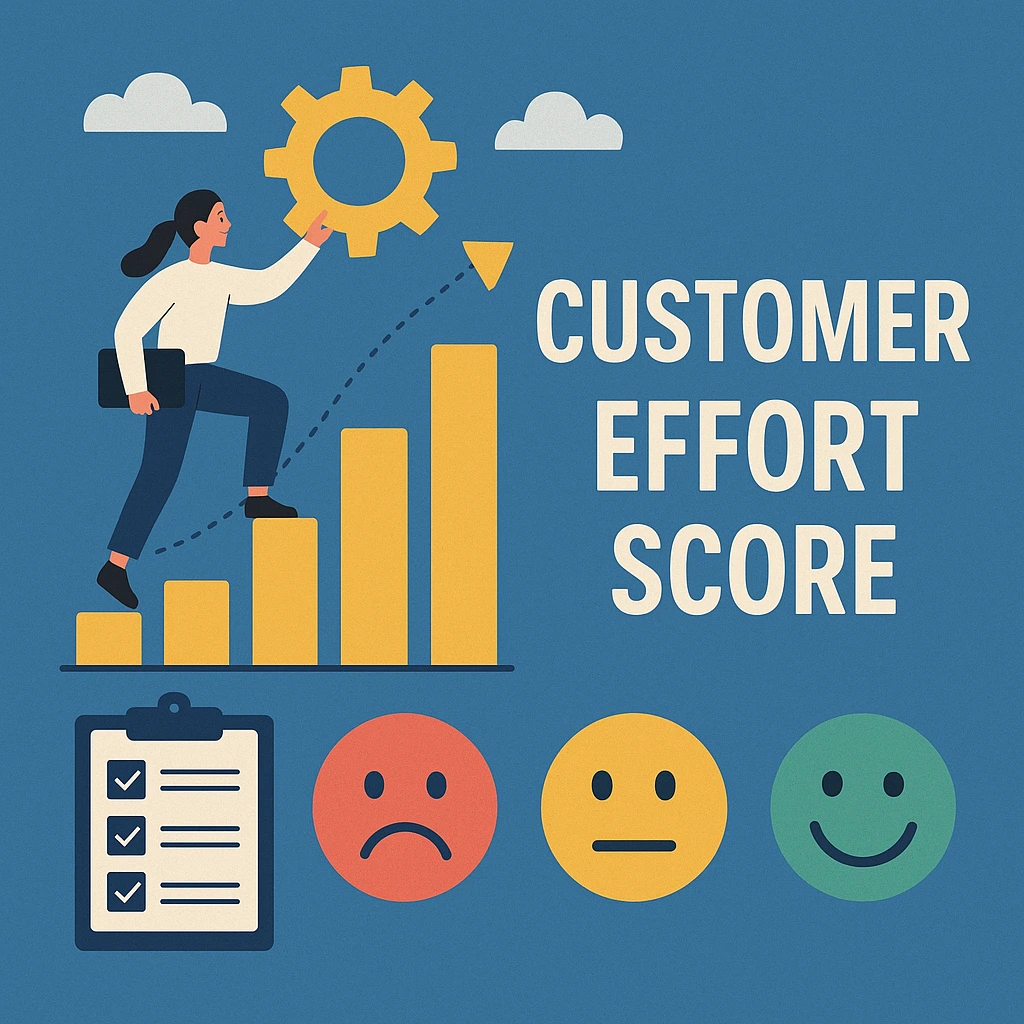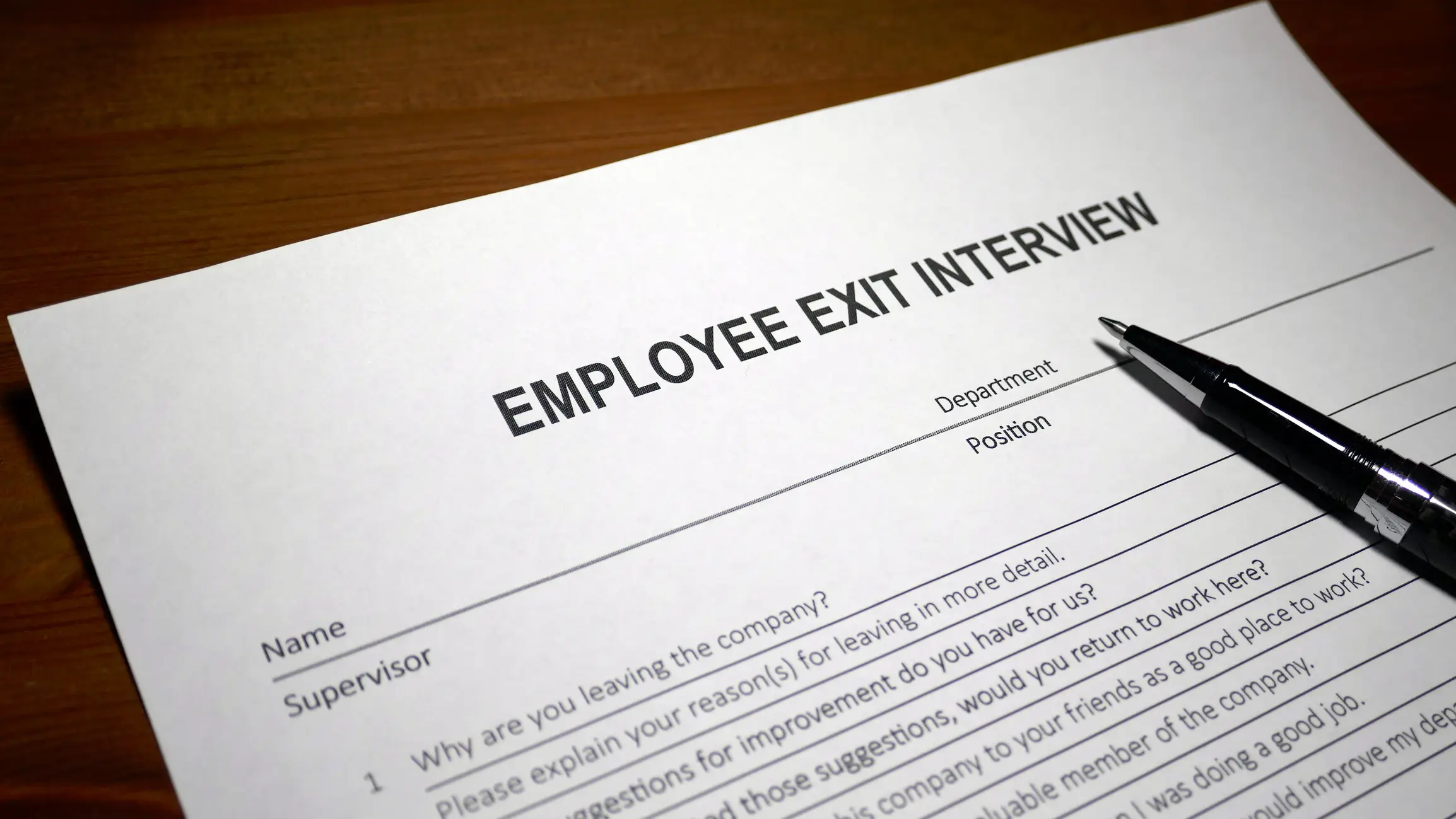Customer experience professionals are discovering what service leaders have known for years—satisfaction scores only tell half the story. The real predictor of customer loyalty isn’t how happy customers are with your product, but how easy you make it for them to use it.
Customer Effort Score (CES) has quietly become one of the most powerful metrics in the CX toolkit.
While 88% of organizations still rely on CSAT as their primary indicator, forward-thinking companies are shifting their focus to something more actionable: measuring and reducing the effort customers expend to get things done. Understanding how CES fits within a comprehensive comparison of CES, CSAT, and NPS metrics helps organizations build more effective measurement strategies.
Why Customer Effort Score Matters More Than Ever for SaaS Companies
The Rise of CES in Service Organizations
Service professionals tracking customer effort jumped from 44% to 60%—a 37% increase that signals a fundamental shift in how organizations think about customer experience. For the first time ever, CES cracked the top five most-measured metrics among service teams.
This isn’t just a trend—it’s recognition that effort predicts loyalty better than satisfaction alone. Research backs this up with striking clarity:
- 96% of customers with high-effort experiences become more disloyal
- Only 9% of low-effort customers show decreased loyalty
- 94% of customers who experience low effort are likely to repurchase
The SaaS Challenge
SaaS companies face unique hurdles when it comes to customer effort. Your users span from tech-savvy power users to executives who just want things to work without thinking about them. Every click, screen transition, and form field represents a potential friction point.
Unlike traditional businesses with discrete transactions, SaaS relationships are ongoing marathons where small irritations compound over time.
The complexity of modern software creates multiple touchpoints where effort can accumulate—onboarding sequences, feature discovery, support interactions, and routine tasks like updating payment information.
Understanding Customer Effort Score in SaaS Environments
How CES Works for SaaS Products
CES operates on a refined 1-7 scale that captures subtle differences in user experience.
The calculation is straightforward: divide total response scores by the number of responses after key interactions. The magic happens in choosing the right moments to measure—post-onboarding surveys, support ticket resolutions, and major feature interactions provide the most actionable insights.
Unlike Customer Satisfaction Score (CSAT) that measures emotional responses, CES focuses on the practical reality of getting things done. This makes it particularly valuable for SaaS products where functionality often trumps feelings.
Critical Components That Impact SaaS CES
Support response time sits at the heart of effort perception. When 42% of customers expect answers within one hour, delays don’t just frustrate—they multiply the perceived effort of every interaction.
Your interface design either facilitates smooth workflows or creates unnecessary friction through inconsistent navigation, unclear visuals, and unintuitive user flows.
Data migration and synchronization processes often create the highest effort scores in SaaS environments.
When customers can’t access their information or systems don’t sync properly, simple tasks become complex troubleshooting exercises.
Self-service capabilities represent your biggest opportunity to reduce effort at scale through documentation, interactive walkthroughs, and intelligent search functionality.
Essential CES Survey Questions for SaaS Companies
Closed-Ended Questions That Work
The classic CES question remains powerful: “How easy was it to resolve your issue today?”
Use agreement scales from “strongly agree” to “strongly disagree” to capture nuanced responses. Timing matters more than perfect wording—deploy surveys immediately after key interactions while the experience remains fresh.
Consider context-specific variations like “How easy was it to find what you needed in our knowledge base?” or “How simple was the onboarding process?” These targeted questions provide actionable insights for specific improvement areas.
Open-Ended Questions That Reveal Root Causes
Quantitative scores identify problems, but qualitative feedback reveals solutions. “What was the biggest challenge you faced using our product today?” uncovers specific pain points your team can address. “Describe a time when something felt unexpectedly difficult” helps identify friction points that might not appear in your analytics.
Follow-up questions should feel natural, not interrogative. Two to three additional questions typically provide sufficient depth without overwhelming respondents. Following customer feedback questionnaire best practices ensures your CES surveys capture meaningful insights while respecting customers’ time.
AI-Powered Survey Optimization
Modern survey platforms can ask context-aware follow-up questions based on initial responses. When a customer mentions “data synchronization took a while,” AI can automatically probe for specifics about which aspects felt slow.
Dynamic survey length based on customer behavior prevents survey fatigue while maximizing insight quality.
Natural language processing transforms open-ended feedback into actionable insights. Instead of manually categorizing hundreds of comments, AI can identify patterns and themes that guide improvement efforts.
When and How to Collect CES Feedback
Optimal Timing Strategies
In-the-moment feedback captures authentic reactions before memory fades or emotions cool. Pop-up surveys immediately after support interactions often yield the most accurate effort assessments.
Post-onboarding sequences represent critical measurement opportunities since new users’ first impressions significantly influence their long-term adoption patterns.
Major feature interactions provide valuable insight into your product’s usability. When customers complete complex workflows or use advanced functionality, their effort perception reveals opportunities for interface improvements.
Survey Deployment Best Practices
Balance immediacy with user experience by choosing non-intrusive survey formats. Rating widgets and brief pop-ups work better than lengthy questionnaires that interrupt critical workflows.
Avoid survey fatigue in ongoing SaaS relationships by spacing requests appropriately—monthly or quarterly CES surveys typically provide sufficient data without overwhelming customers.
Channel-specific deployment strategies recognize that effort perception varies across touchpoints. Implementing survey design and implementation best practices helps ensure your CES measurement approach maximizes response rates while maintaining data quality across different interaction types.
Integrating CES with Other Customer Experience Metrics
CES and Customer Satisfaction (CSAT)
While 88% of organizations use CSAT as their primary indicator, combining it with CES provides richer insights.
Customers can be satisfied with outcomes while experiencing high effort to achieve them. Understanding the effort-satisfaction relationship helps prioritize improvements—high satisfaction with high effort suggests process optimization opportunities.
Track both metrics over time to identify trends. Improving CES often leads to higher CSAT scores, but satisfaction improvements don’t automatically reduce effort.
CES and Net Promoter Score (NPS)
Low-effort customers are significantly more likely to become promoters. When customers can accomplish their goals easily, they’re naturally more inclined to recommend your product to others.
High-effort experiences create detractors even when the final outcome meets expectations—the journey matters as much as the destination.
Building advocacy through friction reduction creates a virtuous cycle. Promoters require less support, adopt features more readily, and provide valuable word-of-mouth marketing.
Operational Metrics That Support CES
First Call Resolution (FCR) directly correlates with customer effort.
When customers get complete solutions during their initial contact, effort scores improve dramatically.
Average Handle Time (AHT) requires careful balance with quality outcomes—rushing interactions to improve efficiency can increase customer effort if issues remain unresolved.
Repeat contact rates and transfer frequencies indicate process breakdowns that multiply customer effort. Tracking these metrics alongside CES reveals specific improvement opportunities.
Getting Started with CES in Your SaaS Organization
Implementation Roadmap
Establishing measurement protocols ensures consistency and reliability across different touchpoints and interaction types.
Standardized approaches enable meaningful comparisons and trend understanding. Selecting appropriate survey tools and timing requires balancing insight quality with customer experience—choose platforms that integrate seamlessly with your existing systems and workflows.
Training teams on CES principles helps everyone understand how their work impacts customer effort. When support agents, product managers, and developers understand CES, improvements happen naturally.
Creating feedback loops for continuous improvement ensures CES insights drive actual changes through regular review cycles and improvement tracking.
How SurveyVista Simplifies CES Management
Native Salesforce integration eliminates the data silos and sync delays that create operational friction. Your feedback data flows instantly into existing workflows, triggers, and automation without any technical headaches.
You’re not juggling multiple platforms or managing complex integrations—everything happens in the environment your team already knows and loves.
Automated survey deployment and understanding reduces manual work while improving response rates.
Context-aware surveys reach customers at optimal moments with relevant questions.
Real-time dashboards provide immediate visibility into CES trends and emerging issues, enabling service leaders to identify problems and deploy resources before effort scores impact broader customer satisfaction.
Seamless workflow integration enables faster action on customer insights.
When feedback data lives in Salesforce alongside customer records and support cases, teams can respond immediately to effort-related issues.
Frequently Asked Questions
What’s the difference between Customer Effort Score and Customer Satisfaction?
CSAT measures how happy customers are with outcomes, while CES measures how easy it was to achieve those outcomes. You can have satisfied customers who experienced high effort, which often leads to reduced loyalty over time.
When should I send CES surveys to get the most accurate responses?
Send CES surveys immediately after key interactions while the experience is fresh—post-support resolution, after onboarding completion, or following major feature usage. Timing matters more than perfect survey wording for accurate feedback.
How often should I survey customers without creating survey fatigue?
Space CES surveys appropriately based on interaction frequency. For ongoing SaaS relationships, monthly or quarterly surveys typically provide sufficient insights without overwhelming customers. Focus on quality touchpoints over quantity.
What CES score should I aim for in my SaaS product?
Lower CES scores indicate less effort and better experiences. Focus on consistent downward trends rather than absolute numbers. Industry benchmarks vary, but any reduction in customer effort typically correlates with improved retention.
How does SurveyVista make CES tracking easier for Salesforce users?
SurveyVista’s native Salesforce integration eliminates data silos and sync delays. Your CES feedback flows directly into existing workflows and customer records, enabling immediate action without switching between platforms or managing complex integrations.
More Like This

Rajesh Unadkat 
Founder and CEO
Rajesh is the visionary leader at the helm of SurveyVista. With a profound vision for the transformative potential of survey solutions, he founded the company in 2020. Rajesh's unwavering commitment to harnessing the power of data-driven insights has led to SurveyVista's rapid evolution as an industry leader.
Connect with Rajesh on LinkedIn to stay updated on the latest insights into the world of survey solutions for customer and employee experience management.



